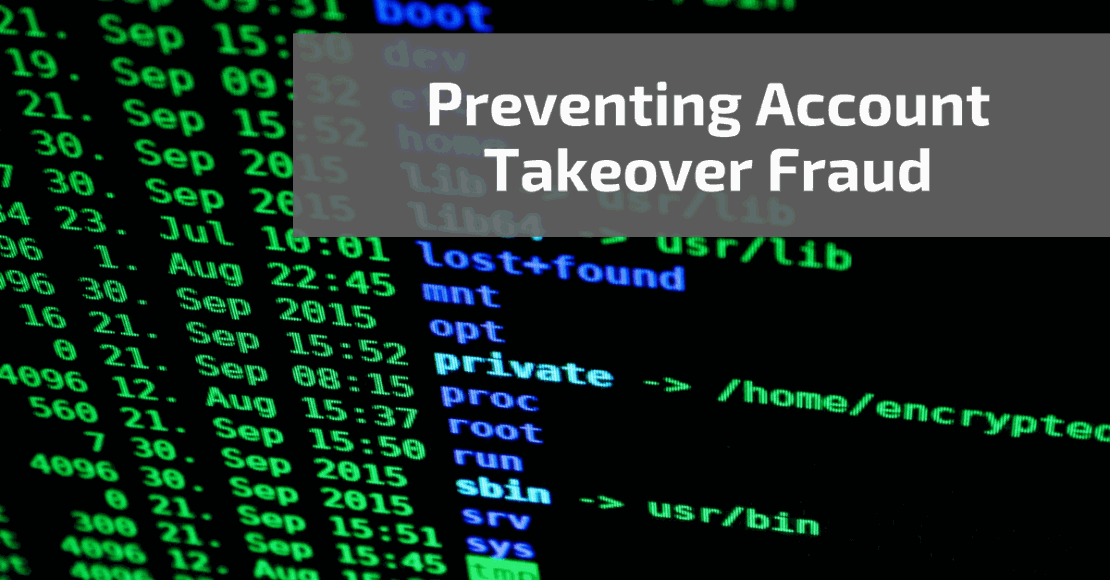
In today’s digital world, identity theft is a possibility that anyone with an online financial account could face, so it comes as no surprise that Account Takeover Fraud is rapidly increasing. Account Takeover Fraud involves a criminal taking unauthorized control of another’s financial information. Usually, the takeover is used to transfer or withdraw money from the victims account. In some cases, attackers will change essential information on the account to lock the legitimate owner out.
Cyber criminals don’t need sensitive information like your bank account number or social security number anymore to gain access to your accounts. Various pieces of personal data including email address, full name or birthdate are enough to initiate an account takeover. They can obtain this information through classic phishing schemes (like phony emails to trick a user into sending credentials), malware, social media and other practices. Any business or consumer could be a target.
LSB takes data protection very seriously and uses many different systems to protect customers’ data. There are steps consumers can take to protect themselves from attack as well.
- Avoid using the same password on multiple accounts. By using the same password, if one account is compromised, it potentially makes it easier for a cybercriminal to gain access to additional accounts that use the same login information.
- Change passwords often. Stay one step ahead of cybercriminals by updating passwords periodically. Be sure to use complex passwords (passwords using upper and lowercase letters, numbers and special characters).
- Limit outsider access to social media accounts. Cybercriminals mine social media for personal information they can use to exploit your accounts. Change the settings on your accounts so only people to whom you grant access can see your social media activity.
- Keep an eye on your financial accounts. Watch your banking and credit card statements for suspicious activity. Using online banking to monitor transactions is a quicker and more frequent way to monitor, but as always, protect your password. If you see a transaction you don’t recognize, contact your bank immediately. The more often you check your accounts, the easier it is to spy something that seems unusual.
- Don’t use a public wifi for banking. It might seem convenient to be on a public wifi, but it provides a common connection for someone to find your information. Never enter sensitive information while you are operating on public wifi, protect your data by waiting for a secure connection.
- Use multi-factor authentication. Although hackers are intelligent in the ways they can gain information, they will prefer an easier target. By having multiple passwords, or authentication that sends a code to your phone, you will deter hackers from making you their first choice.
If you have specific questions about account takeovers and other types of identity theft, or would like to know more about what we do at Lincoln Savings Bank to protect customers from cyber threats, contact us or visit one of our locations to speak to a professional.
Lincoln Savings Bank, Member FDIC


